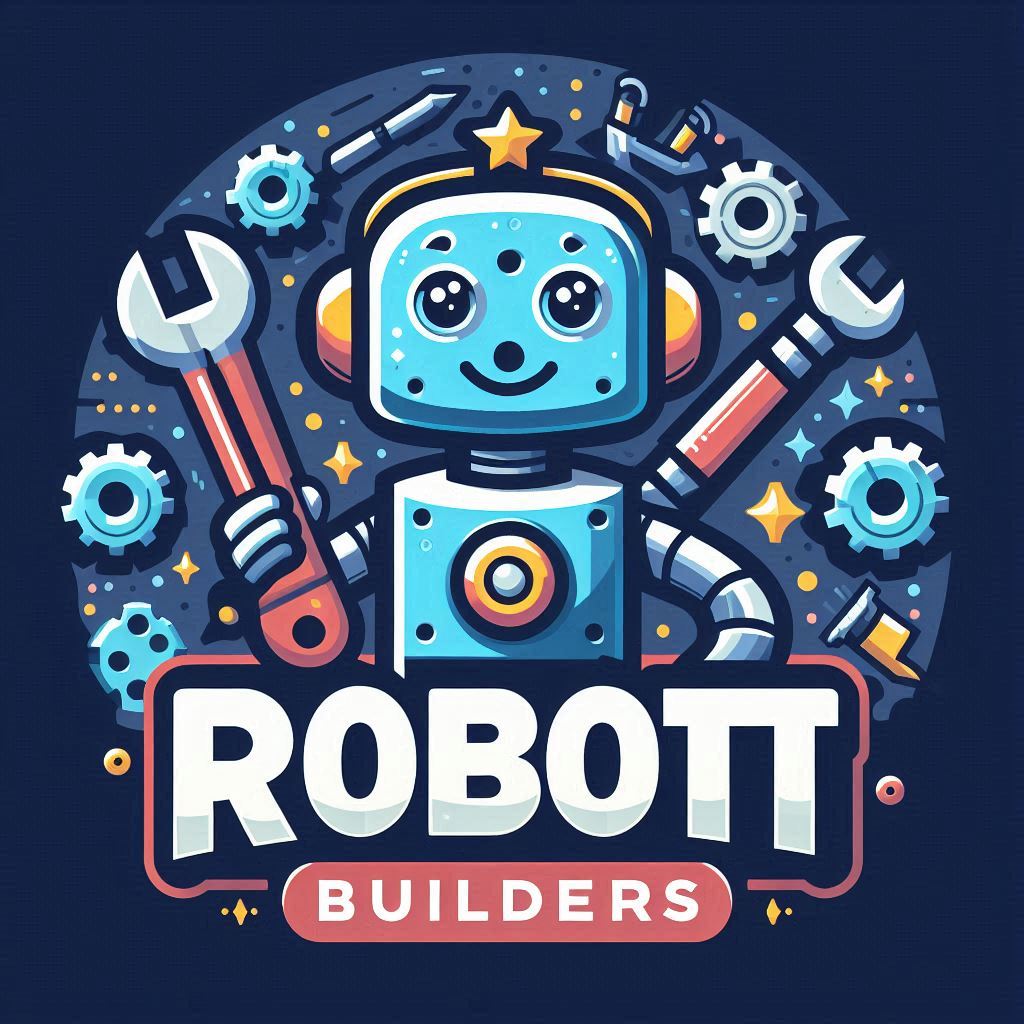In the world of robotics, robotic cars are among the most exciting innovations, blending cutting-edge technology with real-world applications. Whether you’re building an autonomous car or a remote-controlled vehicle, understanding the essential components is key to success. In this article, we’ll explore the top components you’ll need to create a functional and efficient robotic car.

1. Microcontroller or Development Board
At the heart of any robotic car is its brain—the microcontroller or development board. This component processes data and controls the car’s movement and functions.
Popular Options:
- Arduino: Affordable and beginner-friendly.
- Raspberry Pi: More powerful, suitable for advanced programming and AI integration.
- ESP32: Great for integrating Wi-Fi and Bluetooth.
2. Motors for Movement
Motors are essential for the movement of a robotic car, converting electrical energy into mechanical motion.
Types to Consider:
- DC Motors: Affordable and simple for basic motion.
- Servo Motors: Offer precise control, ideal for steering systems.
- Stepper Motors: Perfect for applications requiring accuracy and torque.
3. Wheels or Tracks
The choice between wheels and tracks depends on your robotic car’s purpose and terrain.
Options:
- Wheels: Standard for smooth surfaces and higher speeds.
- Tracks: Better for rugged terrains, offering better grip and stability.
4. Sensors for Navigation
Sensors allow robotic cars to perceive and interact with their environment. They are critical for tasks like object detection, navigation, and decision-making.
Common Sensors:
- Ultrasonic Sensors: Detect obstacles using sound waves.
- IR Sensors: Ideal for line-following robots.
- LIDAR Sensors: Provide precise mapping and navigation for advanced systems.
- Cameras: Enable vision-based navigation and object recognition.
5. Battery and Power Supply
A reliable power source is crucial to keep your robotic car running.
Options:
- Lithium-ion Batteries: Compact, rechargeable, and widely used.
- AA Battery Packs: Affordable and easy to replace for smaller projects.
Always ensure that your power supply matches the voltage and current requirements of your components.
6. Motor Drivers or Controllers
Motor drivers are responsible for controlling the motors based on signals from the microcontroller.
Common Drivers:
- L298N Motor Driver: Simple and budget-friendly for small projects.
- H-Bridge Circuits: Allow bidirectional control of motors.
7. Communication Modules
For remote-controlled or IoT-enabled robotic cars, communication modules are a must.
Popular Choices:
- Bluetooth Modules: For short-range control.
- Wi-Fi Modules: For longer-range and IoT integration.
- RF Modules: Reliable for remote control systems.
8. Frame or Chassis
The frame forms the body of your robotic car, housing all the components.
Materials:
- Acrylic or Plastic: Lightweight and beginner-friendly.
- Aluminum: Durable and ideal for heavy-duty builds.
9. Software and Programming Tools
No robotic car is complete without the software to run it. Programming enables you to control the car’s movements, sensors, and behavior.
Key Tools:
- Arduino IDE: For programming Arduino boards.
- Python: Great for Raspberry Pi and AI integration.
- C++: Essential for microcontrollers requiring higher performance.
10. Extras for Customization
Take your robotic car to the next level with additional features:
- GPS Modules: For location tracking.
- Buzzer or LEDs: For signals and alerts.
- 360° Cameras: For advanced vision-based tasks.
Conclusion
Building a robotic car combines creativity, technical skills, and innovation. By gathering these essential components—microcontrollers, motors, sensors, and more—you’ll be well-equipped to bring your robotic car to life. Whether you’re working on a DIY project or a competitive build, understanding these core elements will set you up for success.
